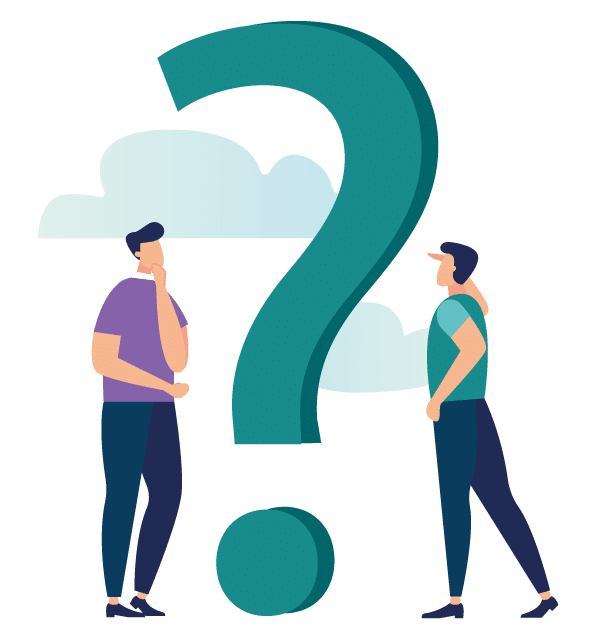Department of Justice Update: ADA Applies to Web
DOJ Clarifies Digital Accessibility (Well, Sort Of)
On Friday, March 19th, 2022, the United States Department of Justice published guidance on web accessibility regarding the Americans with Disabilities Act (ADA). This guidance applies to local and state governments (covered under ADA Title II) and businesses open to the public (covered under ADA Title III).
The DOJ begins by clarifying that inaccessible web content denies equal access to individuals with disabilities and that the exclusionary impact of this is just as significant as inaccessible entrances to physical buildings. They go further by stating that their position is that the ADA’s requirements are applicable to goods, services, privileges, or activities in the case of businesses, and services, programs, or activities in the case of local and state governments, including those offered on the web.
While the Department of Justice references standards like the Web Content Accessibility Guidelines (WCAG) and Section 508 as useful guides for accessibility, many in the accessibility community are disappointed that they do not take a definitive stance on how government agencies or businesses must be accessible. This has left many petitioning for greater regulation and clearer guidance.
Although accessibility has been slow to evolve from a legal standpoint, the technology and knowledge in this space have advanced significantly. We believe that there are many good reasons to invest in accessibility. Above all, it’s the right thing to do, but additional benefits include growth in revenue (tapping into a market of more than one billion people globally living with a physical or cognitive impairment), market differentiation, better usability for everyone. and more. The best time to focus on accessibility is now, and even if your concern stems more from the legality of accessibility rather than the many benefits, it is worth noting that lawsuits over inaccessible web content continue to be prevalent.
We recommend closely evaluating your current accessibility program (or developing one if you don’t have one), using the most current WCAG version to build a framework for accessibility, and then going beyond by focusing on true usability by including individuals with physical or cognitive impairments across your organization. Accessibility is everyone’s job and we should all be knowledgeable, whether we’re in design, in development, in quality assurance, or other roles.
And if you need help getting started with accessibility or accelerating your success, you can check out our free Digital Accessibility Starter Kit or schedule a free consultation with our team.

